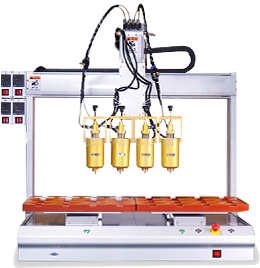-
CN
-
Service Hotline
+8618129931046 Mr. Liao




Key Technical Indicators and Design Requirements
Signal Integrity: High-frequency signals (such as MIPI and Gigabit Ethernet) require impedance matching (50Ω/100Ω differential) and equal-length differential pair routing to prevent crosstalk.
Environmental Adaptability:
Operating Temperature and Humidity: Industrial-grade surveillance PCBAs must support -40°C to 85°C (commercial-grade: 0°C to 60°C) and RH 10% to 95% (non-condensing). Wide-temperature components and PCB copper foil are required to enhance heat dissipation.
Electromagnetic Compatibility (EMC): Must pass GB/T 17626 (immunity) and EN 55032 (electromagnetic radiation) tests. EMC filter capacitors, ground isolation, and a shielding cover should be incorporated into the design.
Stability and Reliability:
Power Supply Design: Use a DC-DC step-down chip (such as the MP2359) + an LDO (low-dropout linear regulator) to provide a stable 3.3V/1.8V power supply. Overvoltage, overcurrent, and Short-circuit protection;
Lifespan: Key components (such as capacitors and crystal oscillators) are industrial-grade, with an MTBF (mean time between failures) of ≥ 50,000 hours.
Low-power design: Targeted at battery-powered wireless surveillance systems (such as outdoor dome cameras), this system supports sleep mode (standby power consumption < 1W) and dynamic frame rate adjustment (reduced to 1fps when no event occurs, resuming to 25fps when an event is triggered).
The core control layer, consisting of a main control chip (MCU/MPU) and a minimal system (power supply, clock, and reset circuits), is responsible for parsing instructions, scheduling modules, and executing control algorithms. It serves as the "brains" of the entire PCBA.
Entry-level surveillance systems (such as home IPCs) often use MCUs (such as the STM32 series) to meet basic recording and network transmission needs.
Mid- to high-end intelligent surveillance systems (such as AI-powered human detection and multi-view stitching) use MPUs (such as the HiSilicon Hi35 series and Ambarella A12) to support complex video processing and computationally intensive tasks.
The signal processing layer, which handles the "input, conversion, and output" of video, audio, and control signals, serves as the "nerve" connecting the hardware to the core layer.
The peripheral interface layer, which provides communication channels with external devices (such as cameras, hard drives, networks, and alarm systems), determines the system's functional scalability.